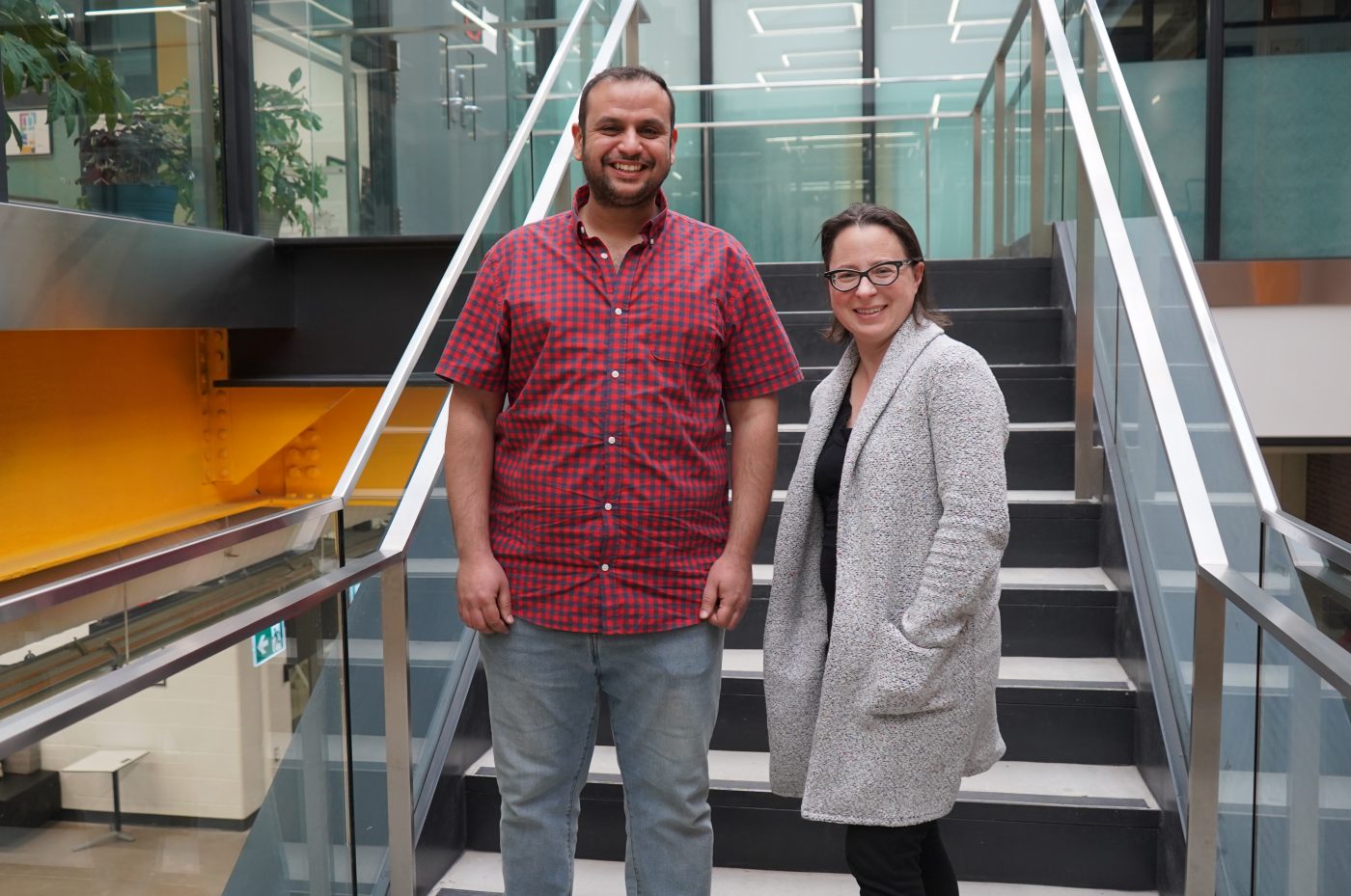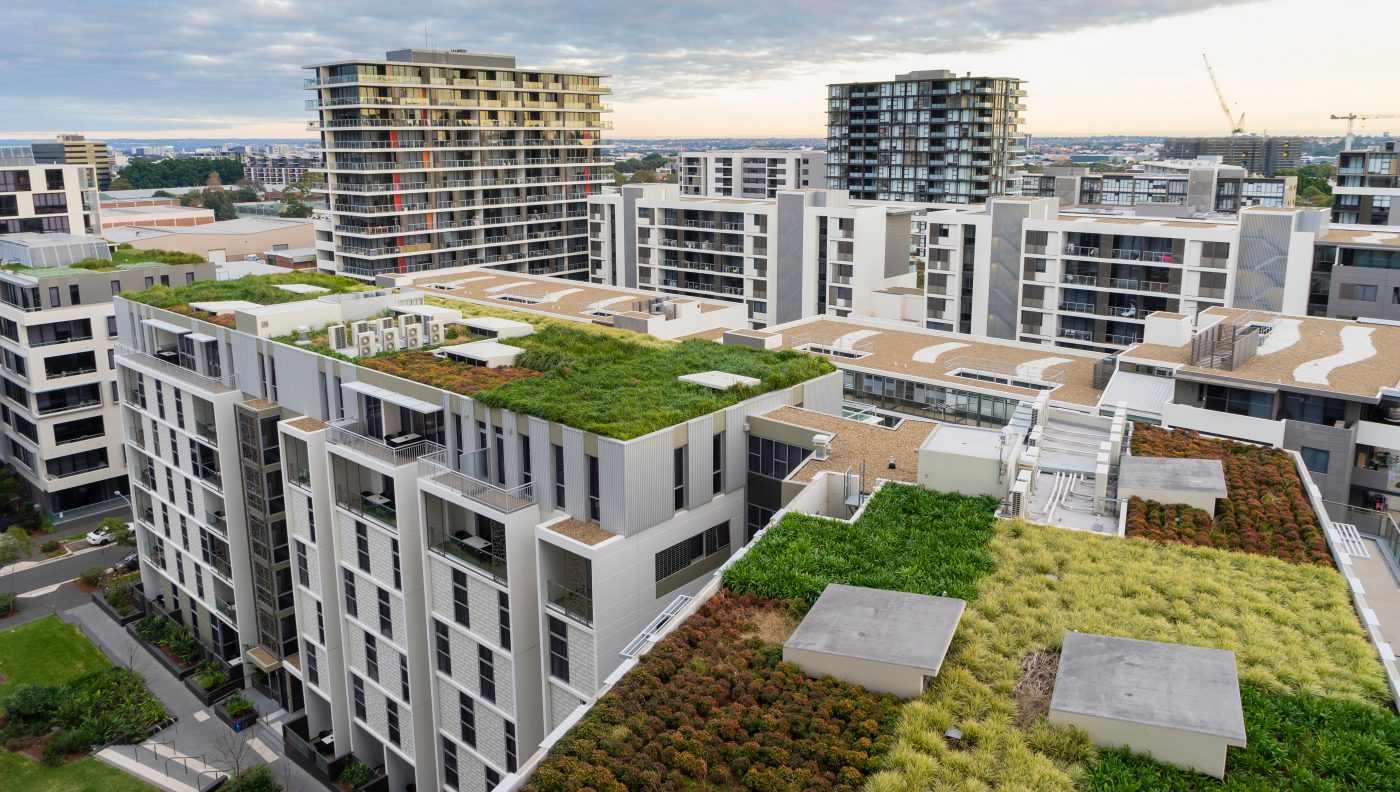Carleton Researchers Author Chapter of United Nations Environmental Programme Climate Technology Report
A rising tide may lift all boats, but a flood can destroy everything in its path. With climate change driving higher temperatures and more rainfall around the world, the risks posed by weather events are growing increasingly acute. And when extreme weather events strike, it is often society’s most vulnerable that live in the areas most exposed to the consequences.
But there is hope. In November 2023, the United Nations Environment Programme (UNEP) published its Climate Technology Progress Report, which seeks to provide assessment of current climate technologies, innovation, policies, and financial investment. In early December, Carleton professor Dr. Elisabeth Gilmore of the Department of Civil and Environmental Engineering presented on its key findings at the United Nations Climate Change Conference in Dubai.
As the lead author of one of the report’s five chapters, Dr. Gilmore assessed the state of technologies that can play a critical role for climate action for water management, public transport, building cooling, social housing, and energy distribution and generation. Her team found that many of the technologies we need the most are already available and feasible to implement.
“There is high feasibility, but there are barriers too. Institutional challenges are hindering the implementation options that are already available, and there is a need to improve this,” says Anas Alhusban, a PhD candidate who served as a chapter fellow on the project.

“There are lots of high synergy solutions to reduce greenhouse gas emissions, and to adapt to a changing climate. And, this can be achieved by prioritizing equity and justice through technological responses that help bring along everyone.”
Some of the most effective and impactful technologies do not require complex engineering or even large amounts of money. For example, green roofs and urban canopies can help absorb heavy rainfall, and can be highly effective tools in managing heavy rainfalls.
“Green roofs can store greenhouse gases and absorb water, and have been implemented in many places, especially Germany. This is just one of the examples that is highly feasible technologically but underutilized due to institutional barriers,” says Alhusban.

Alhusban’s PhD research is in air pollution modelling. While the UNEP Climate Technology Progress Report was not directly aligned with this work, he was eager to contribute when Dr. Gilmore presented this opportunity. Growing up in water-scarce Jordan, he had seen the UNEP’s contributions to identifying issues with the country’s water supply, and remedying the issues to the benefit of its people. He began working on the report as a chapter fellow, but his outstanding contributions ultimately earned him a contributing author credit.
Need for Change in Entire Systems, Not Just Individual Technologies
One challenge to implementation is that no single climate technology can be a comprehensive solution to the problems we face. But this report approaches climate technology through the lens of urban systems transitions. The scale of the climate crisis does not demand single innovations, but rather many technologies that come together to advance more sustainable systems.
“Instead of saying, here is one technology, and here is what it can do for, say, transportation in an urban centre, we looked all the things you would do to transform transportation within that urban centre,” says Gilmore.
“We want to shift from the less sustainable systems we have today to a whole new set of technologies and practices. Together, these technologies produce the urban system transition.”

“This is the difference between simply putting in electric vehicles (EVs), and having those EVs in place along with better public transit and better urban planning to establish more transformative ways of how we choose to move ourselves around.”
But for Gilmore, the Climate Technology Progress Report provides something more than assessment of the status of climate technology and possible blueprint for the future. It provides a dose of hope in a troubling time.
“This report stands out from other UN climate reports because it is much more hopeful. People read about the harms of climate change all the time, and this underscores the need for immediate action,” she says. “But the Climate Technology Progress Report is a place we can find hope that we can meet these challenges. It is not just about barriers, but also about how we can enable innovation and further climate action. Technology is not going to do everything, but there are so many ways that it can help.”